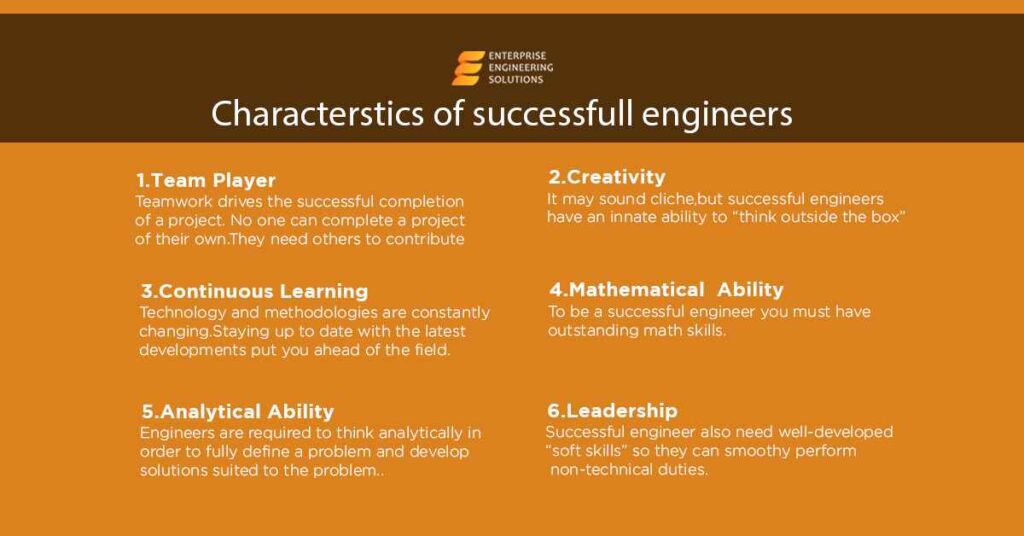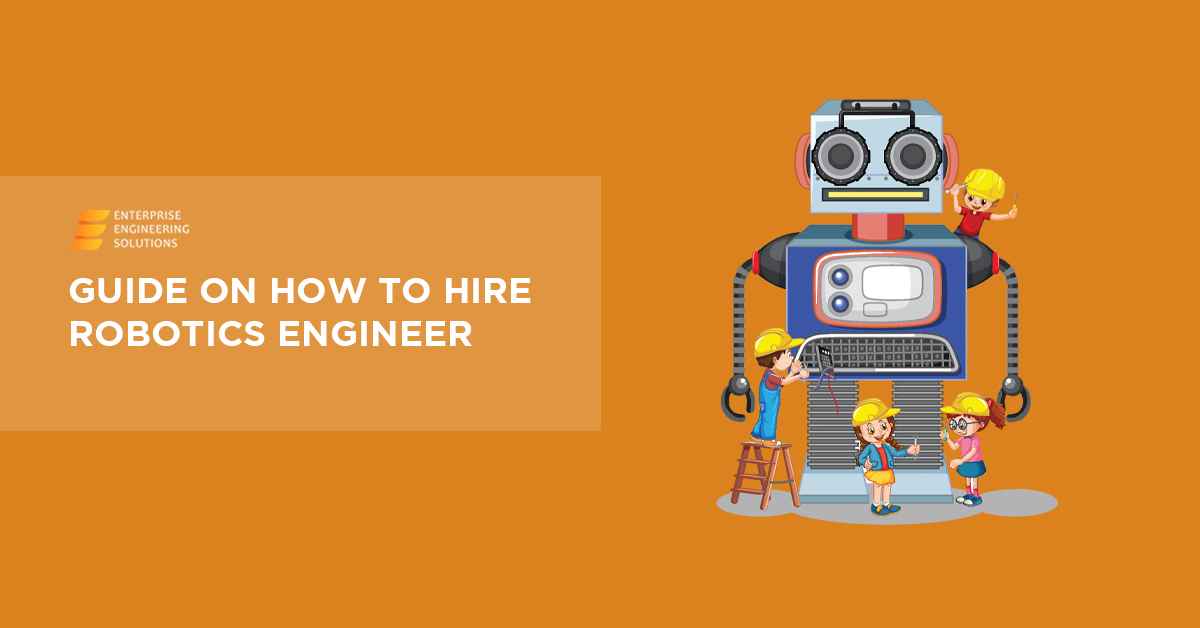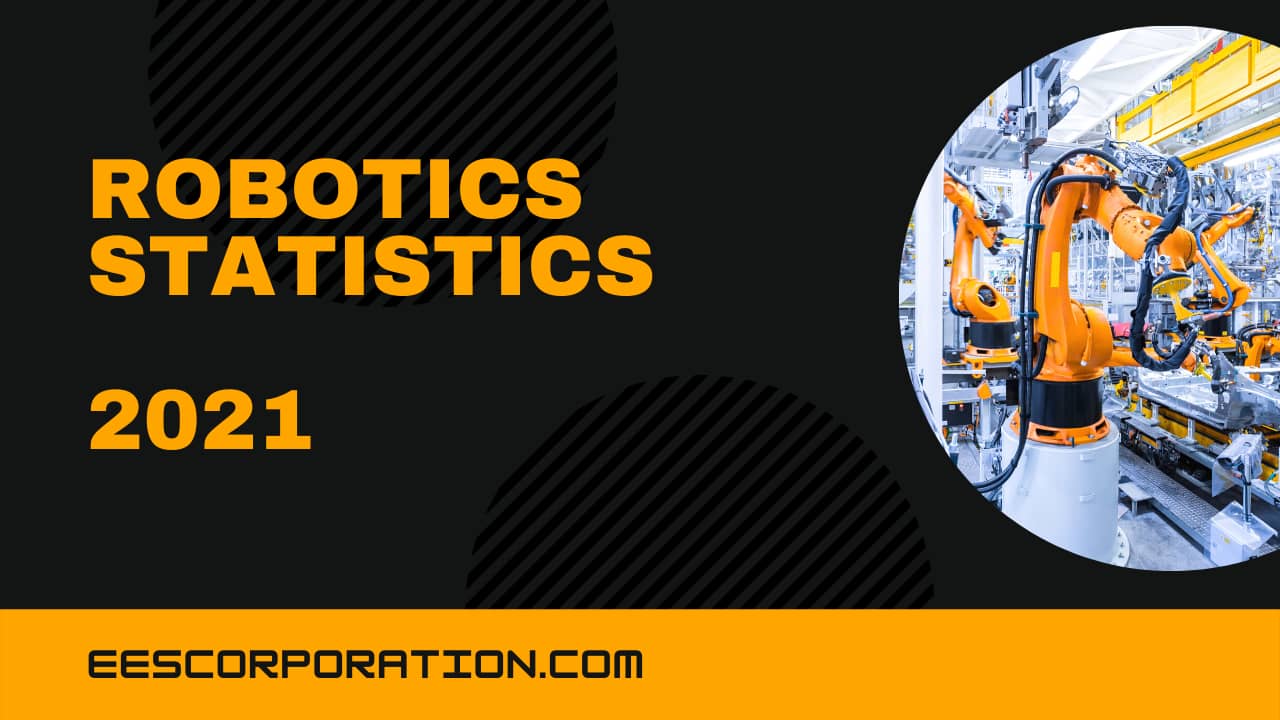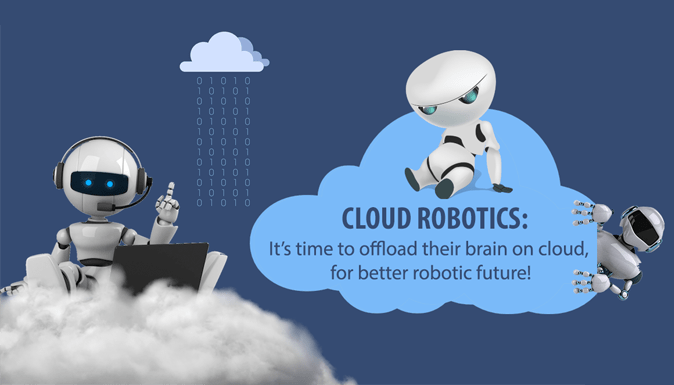Robotics engineers work on developing self-driving devices and apps that mimic human behaviors. Robotics development careers can include operating systems jobs, with many digital and actual robotic arms workplaces. By creating prototypes, constructing and certifying bots, and supporting the system that controls him, a robotics designer makes tasks safer, simpler, and more productive.
Understand how to hire a robotics engineer by exploring the materials below, including advice on finding the relevant talents, developing a position description, and looking for work.
Hiring Process and Competitive Package
Outdated or ineffective recruiting methods can be a huge stumbling block for your business. Long recruiting cycles not just decelerate the hunt for top talent, but they also completely stop the teams that are waiting for individuals to follow in their footsteps. However, when it comes to recruiting young employees, you shouldn’t want anybody at all — you want to have the best person available.
Our IT staffing services give you the flexibility to grow your business quickly by hiring the right candidate with the needed talent and skills. EES will provide you with the customizable, scalable approach to finding an individual best fitting your organization and job description whenever you need to hire IT talent.
Automation and control software developers are extremely well educated, highly specialized, and highly desirable designations and demand solid hiring practices, where digitization and performance are top of mind for practically every industry.
So, in order to attract the type of robotics engineer you want to recruit, you must be willing to provide an intriguing wage offer. It’s not like every automated or robotics specialist is a lock for the position you’re trying to fill. Obviously, the best individuals must have expertise in automating various processes or creating robots for applications — but how are your industry’s exact requirements for these responsibilities?
Speak with the potential employer and other scientists on your team to acquire a clear picture of whatever this position includes and what sort of experience an applicant would also need to start contributing to your team right away. Decide on those robotics engineers immediately to include them in your position description and set the appropriate qualifications straight away.
Hiring Agencies
Automation and robotics designers are extremely popular across the country. With highly skilled workers throughout all disciplines accounting for fewer than 2% of the total U.S. workforce, finding these professionals will only get more challenging. Not only will they be difficult to locate, but they will also be difficult to exchange, making it important that you select the proper hire at the very first moment.
You may have previously advertised available positions on job sites or are attempting to use network recommendations from your technical staff. Consider engaging with a competent hiring agency to broaden your activities and broaden your reach for robotics engineers.
The Eye-Catching Job Description

Indeed, sets of responsibilities are value-based. You have an opening; candidates need occupations. In any case, that doesn’t mean they need to peruse like bills of the offer. Truth be told, the exact inverse. The best sets of expectations get the important data across — like wanted abilities and occupation obligations — without taking care of peruses.
So to interest possible candidates for robotics engineers, avoid mechanical, difficulty to identify with composing, and on second thought utilize drawing in language and an agreeable tone. And keeping in mind that you’re busy, center around the human parts of the work. All things considered, you’re hoping to enlist the individual structure of the robot, not simply the robot.
For instance, plenty of candidates will need to realize whether they’ll have the opportunity to lead their exploration and tests (which is most likely what got them into the field in any case). Others will puzzle over whether they’ll get an opportunity to oversee individuals by progressing through the organization to a more senior-level position. Hit these focuses in your promotion to give robotics engineers something to identify with on an individual and optimistic level.
Reasons for Hiring a Robotics Engineer
- Plan mechanical interaction mechanization (RPA) arrangements as per standard plan standards and shows (Robotic Operating Model)
- Design new RPA processes utilizing effective, all around organized, and viable work process standards
- Make RPA arrangement plan documentation lining up with business prerequisites and partners.
- Backing existing cycles and executing change prerequisites as a component of an organized change control process
- Work inside project arranging courses of events and requirements, conveying recognized dangers and issues to the executives appropriately.





